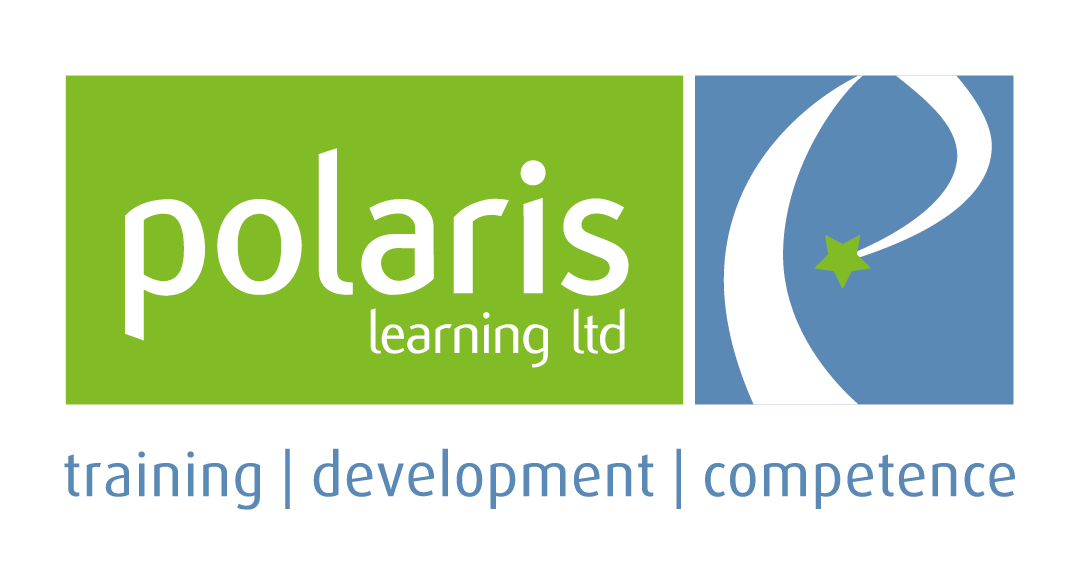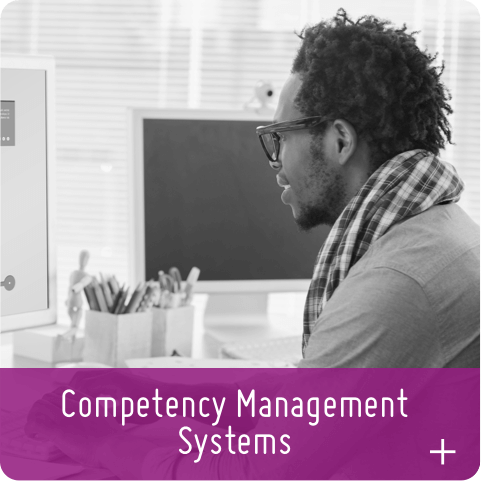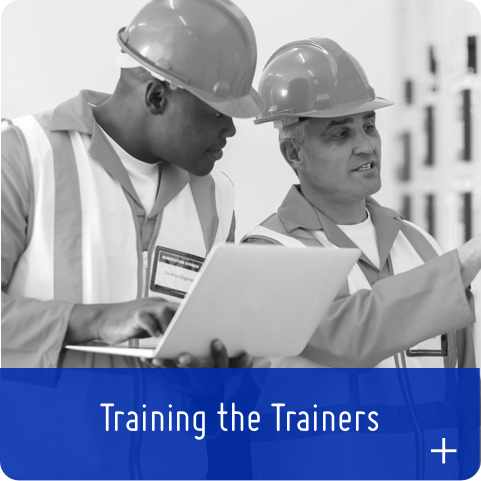Getting the best results from training
We know that we need to provide training if we are going to give our employees the best chance to succeed in their roles. An investment in training early on can make a big difference to an employee’s ability to succeed, and ultimately, to the success of your organisation.
However, training often fails to hit the mark first time and in many cases, employees are not able to absorb lots of new information and skills in ‘one hit’ and then become competent. This important point applies to learning skills, knowledge, new behaviours and system skills, such as navigating and operating round IT based systems.
Initial training is the first step and in many cases needs to be planned so that people can then practice and acquire the required skills. Through ongoing practice, on the job coaching, feedback and making mistakes, they are able to climb the ladder and become competent in the different components that make up their job.
And a small investment in making sure that your training includes a review element can make a really big difference to the effectiveness of training and in turn, behaviour back in the workplace.
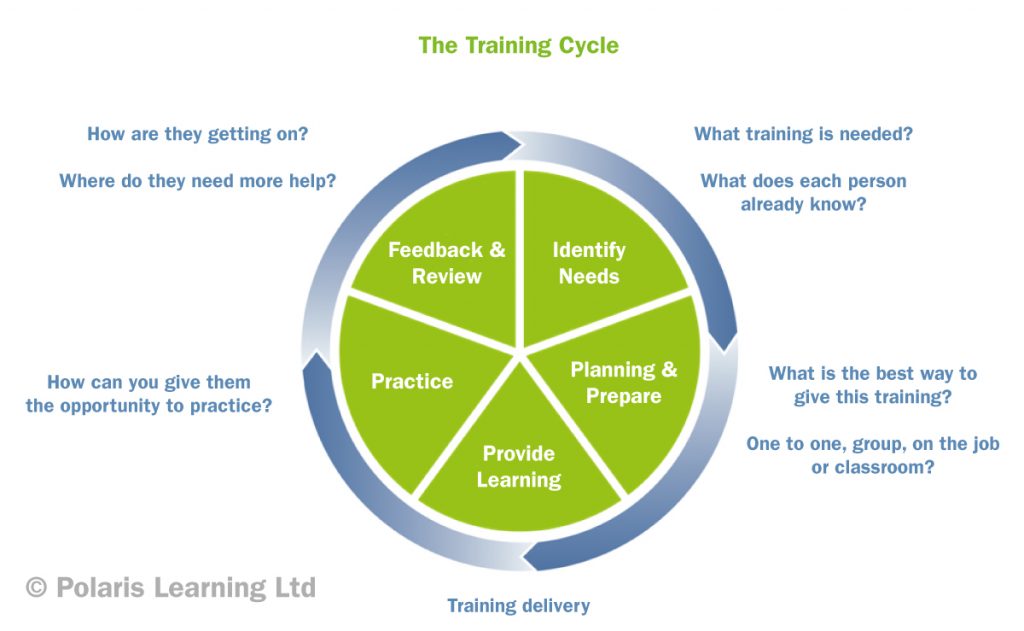
As well as training, you also need to consider the competency of each person you have trained.
THE KEY STAGES FROM TRAINING TO COMPETENCY
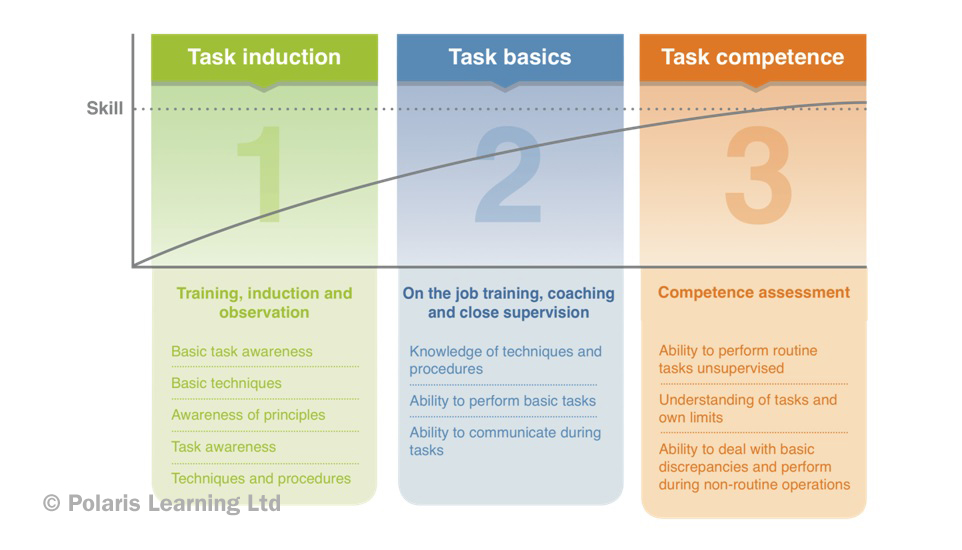
There are three key stages in moving an employee from training to competency.
STAGE 1: “TASK INDUCTION” REPRESENTS “OFF THE JOB TRAINING”
This plays an important role in providing space for people to learn key knowledge and where the opportunity allows, some basic skills. This is often training delivered in a class room environment.
STAGE 2: “TASKS BASICS” REPRESENTS “ON THE JOB TRAINING”
In most cases, this is where the real improvement in skills and knowledge occurs. People are exposed to the working environment and all the real parts of the job they have to learn. They are also contributing to the workplace and they will usually quickly learn what is right through trial and error.
The feedback and guidance from the people looking after them is an essential element of making this stage work as the learner cannot yet be left to work alone.
STAGE 3: “TASK COMPETENCE” REPRESENTS THE STAGE WHERE SOMEONE CAN START DOING MOST OF THEIR WORK “INDEPENDENTLY”
In some situations, there may be a level of ongoing supervision but in other roles, the job holder would be trusted to get most of their daily work done on their own.
FROM TRAINING TO COMPETENCE: HOW TO ACHIEVE COMPETENCY
At Polaris Learning, we understand the relationship between training and competency, and how to move your employees from one to the other.
In a high risk environment, this is about managing risk. The more we invest in people’s training around the critical processes involved, the more we reduce risk. In fact, as a guide, there is a linear relationship between training and risk reduction.
For areas which are not working in a high risk environment but where it is necessary to ensure the competency of employees, we focus on the critical tasks that the employee needs to be able to do to perform competently.
For more information, please visit:

